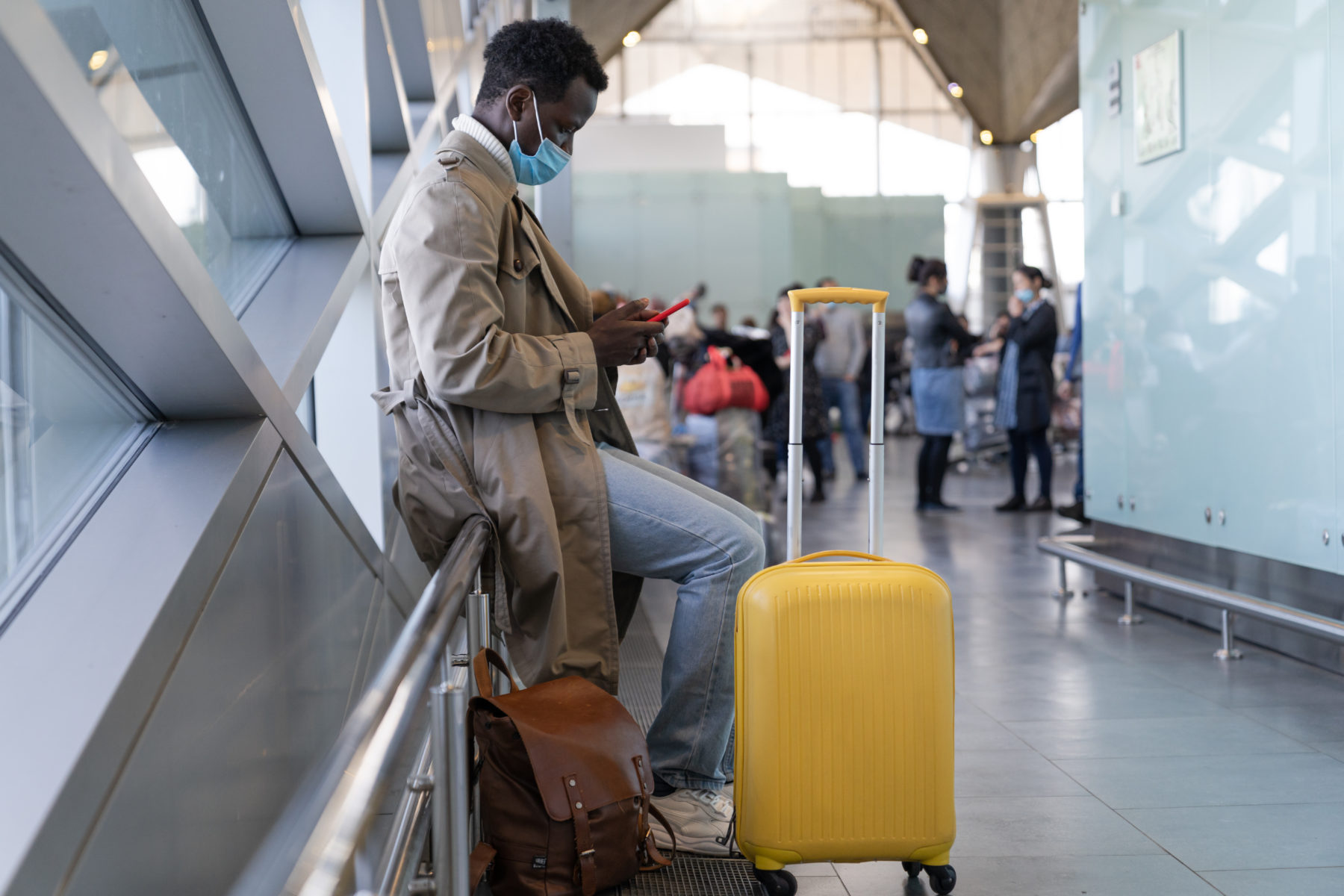September 2020
Does a globalized world make societies more vulnerable to pandemics? Will the threat of future pandemics have a permanent impact on the nature of globalization?
While these questions have percolated in academia since twelve ships from the Black Sea first brought the plague to Europe in 1347, the rapid spread of coronavirus highlights their importance in a 21st-century globalized economy driven by international trade and travel.
In a new working paper (PDF), Princeton University’s Stephen Redding and Esteban Rossi-Hansberg and Harvard University’s Pol Antrás model the interplay between human interactions in an economically integrated world and the prevalence and severity of pandemics.
The results of their analysis highlight several key interactions that can inform how globalization affects the spread of disease and its economic impacts given people’s knowledge of the disease and risk of death.
Methodology
To perform their analysis, the authors combine models from the economics of trade, specifically the gravity model that predicts international trade flows, with models from epidemiology, specifically the SIR model that predicts the spread of infectious diseases.
The authors apply their model in three settings:
- A scenario in which people are unaware of the disease and there are no deaths.
- A scenario in which people are unaware of the disease, but there are deaths.
- A scenario in which people are aware of the disease and the risk of death.
Key interactions between globalization and the spread of disease
After applying their model to these three settings, the authors highlight several key interactions worth noting:
When people are unaware of the threat of a disease, globalization increases its spread even between healthy countries.
In the first scenario, where there is no awareness of a disease and no deaths, the model unsurprisingly shows that a disease spreads through an open economy in a way that it wouldn’t in a closed economy. Surprisingly, however, the model shows that globalization increases the severity of the pandemic even between countries that have similar, healthy disease environments.
But when some countries are healthier than others, globalization can actually reduce the prevalence and severity of the pandemic globally.
In the same scenario (when people are unaware of the disease and there are no deaths), a free exchange of trade between countries can ultimately help bring the global reproduction rate (R0) below one. This happens by rebalancing where and how the two countries interact, reducing the number of interactions that occur in the country with a poor disease environment and increasing the number of interactions that occur in the country with the healthy disease environment. The authors highlight the surprising fact that this rebalancing, even as it increases the number of interactions in the country with the healthy disease environment, can actually reduce the infection rate in the country with the healthy disease environment.
Even when humans are unaware of the threat of infection, the economic impacts of death from the disease still affect trade patterns.
When the disease results in death, but humans are unaware of its spread, countries nevertheless distance themselves from countries with unhealthy disease environments due to the pandemic’s effects on labor (reduced supply) and wages (increased). Purposeful social distancing isn’t required. Economic effects motivate distancing regardless.
When humans are aware of the disease and the risk of death, they reduce interactions in response to the threat of infection, which in turn decreases trade and real income.
When people are aware of the risk, demand falls for labor and products from the country with more infections, which in turns leads to an increase in the cost of living in both countries. Therefore, although these behavioral responses save lives, this comes at the economic cost of a higher cost of living and reduced gains from trade.
To learn more about the model and the authors’ suggestions for future research, download the full paper.
Sign up to receive email alerts when we publish a new working paper.
